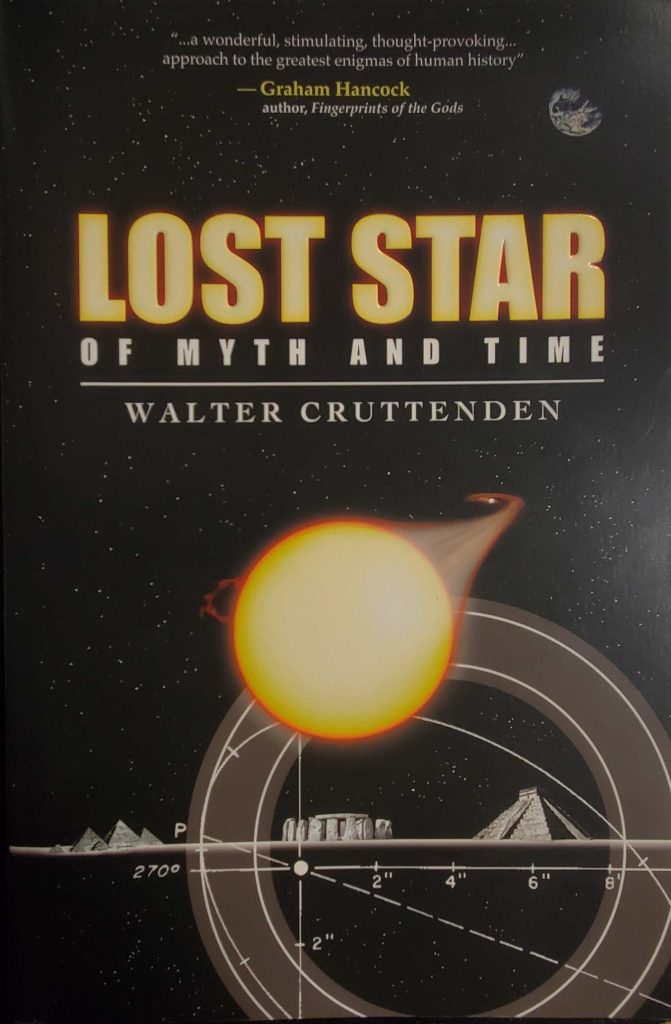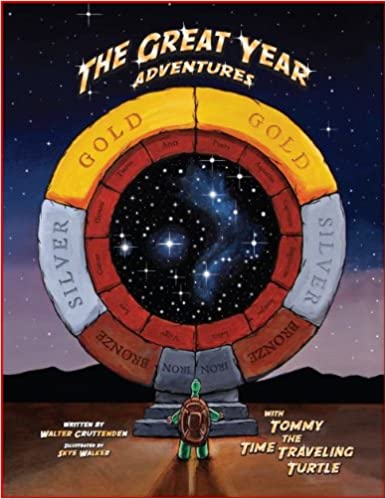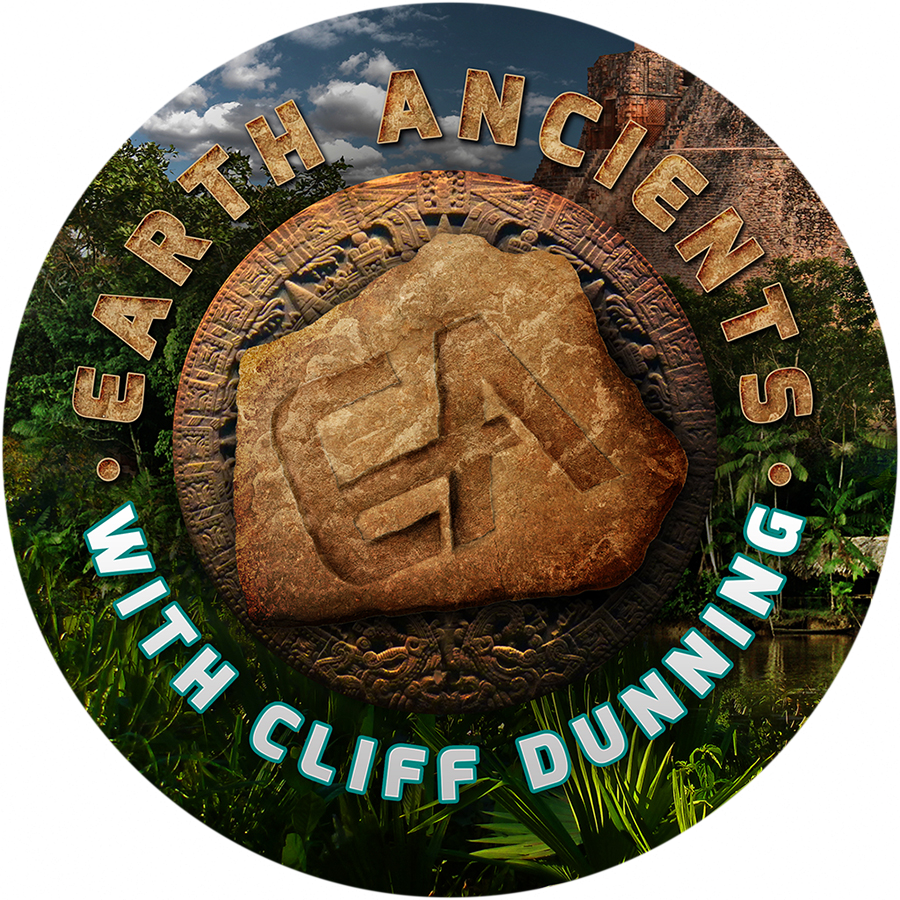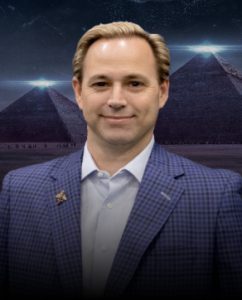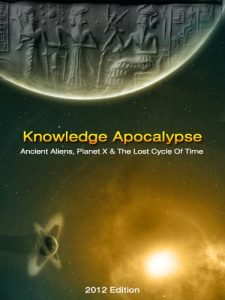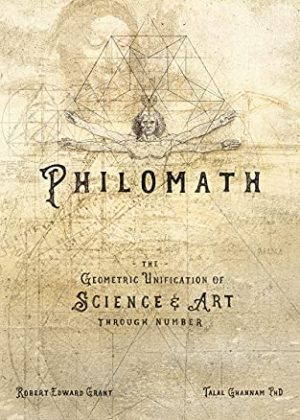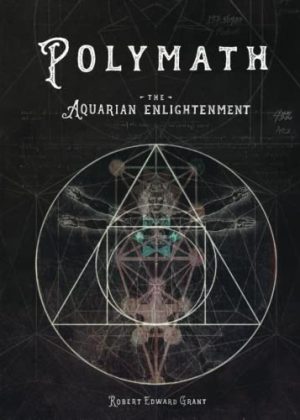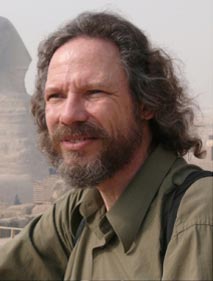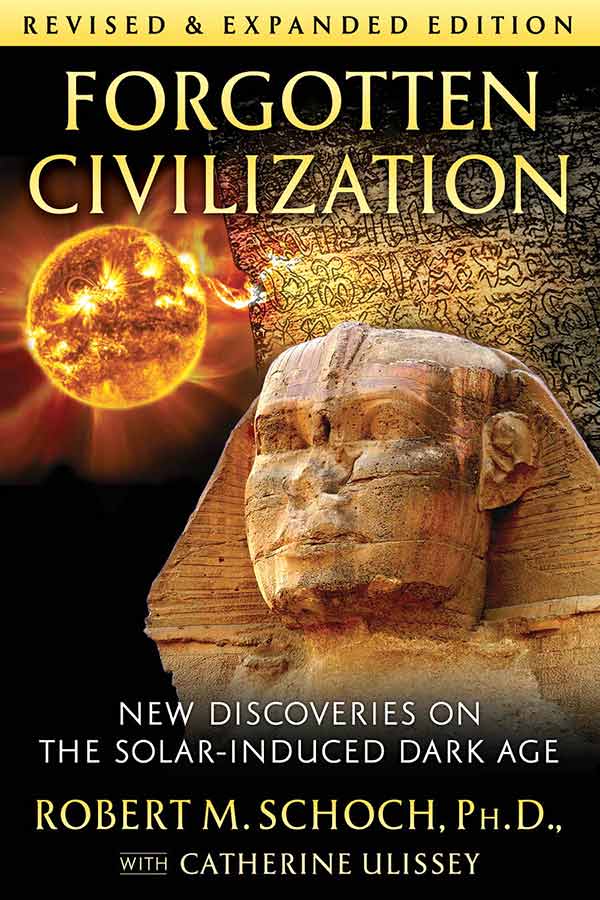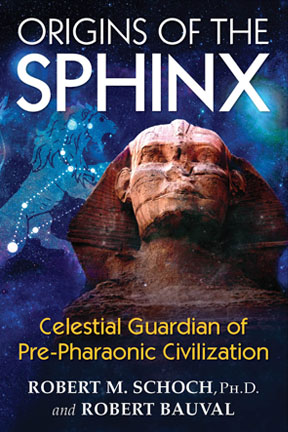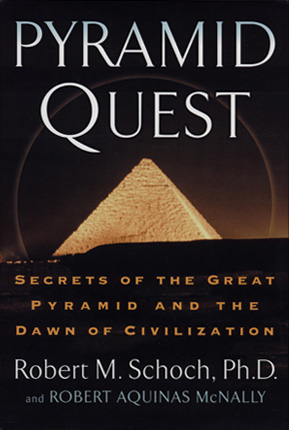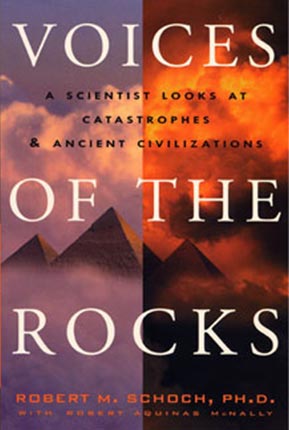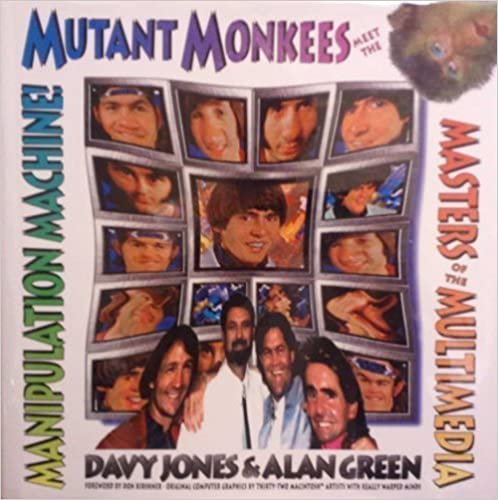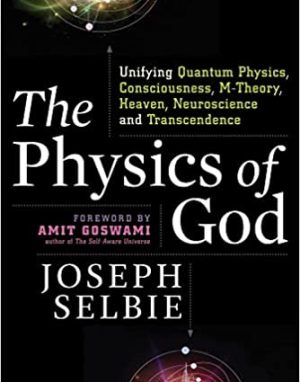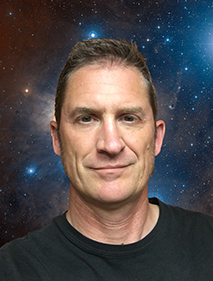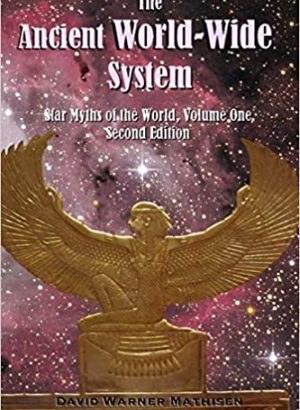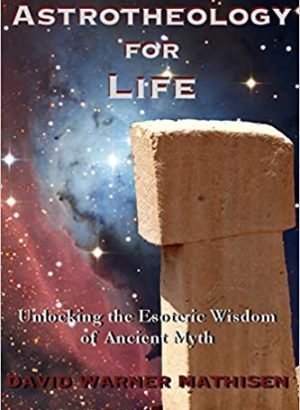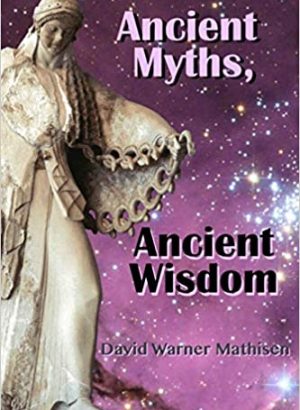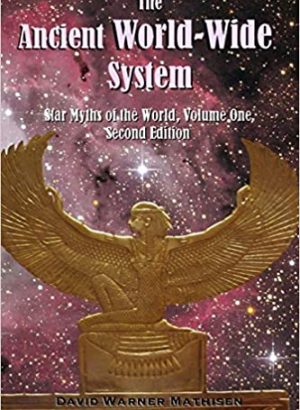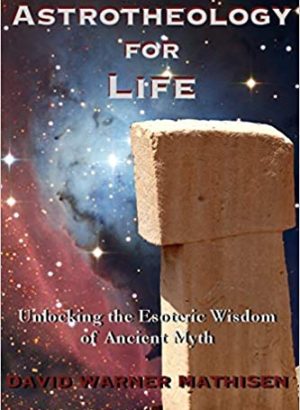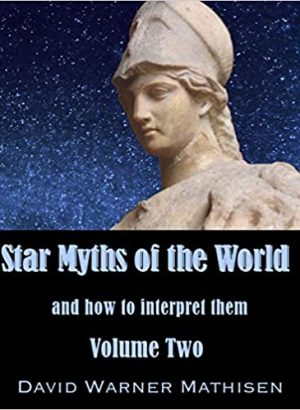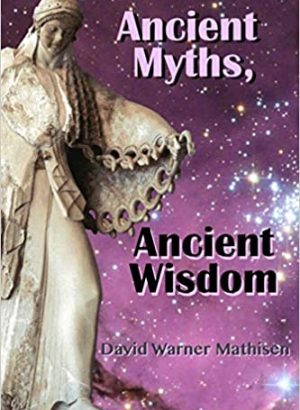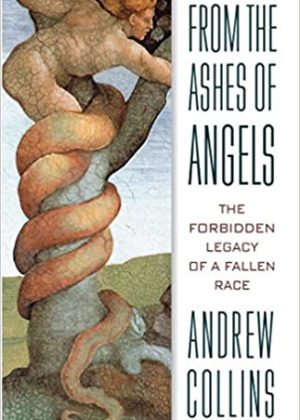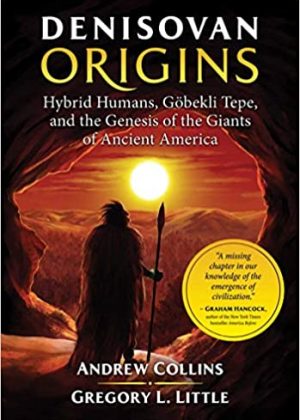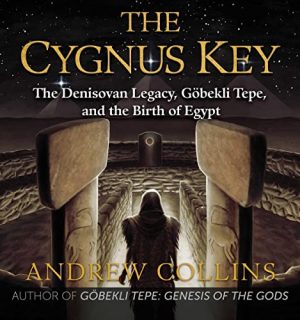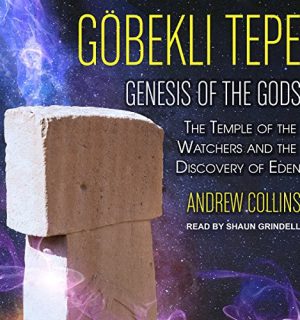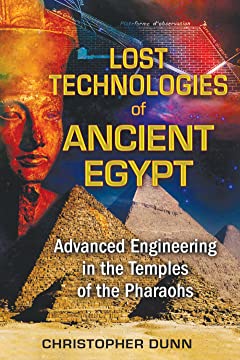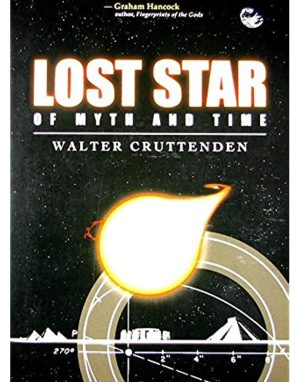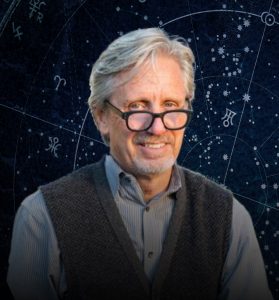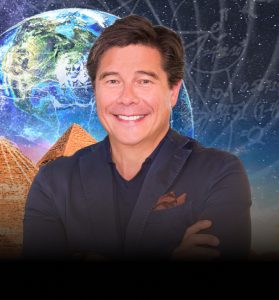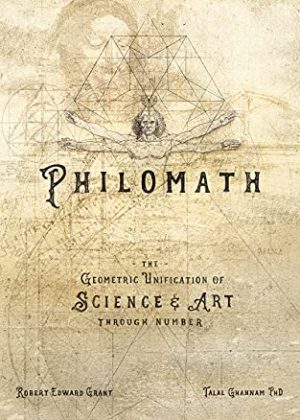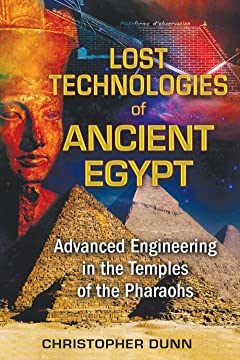Presenting at CPAK 2023
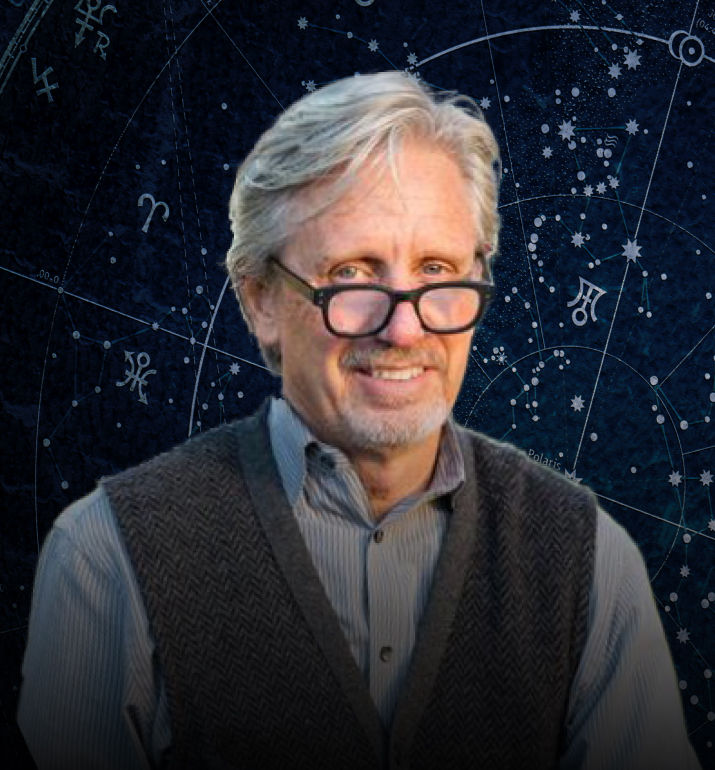
WALTER CRUTTENDEN
Director of Binary Research Institute; Author of Lost Star of Myth and Time
TOPIC: How the Earth’s Motion Shapes History
Light: A Hypothesis for Change
The light from our closest star, the Sun, has amazing life-giving and therapeutic effects. When separated from natural light for too long, plants whither and die, animals get sick, and humans grow ill or sad, literally. Seasonal Effective Disorder, SAD, is a disease that affects people that live in extreme latitudes, deprived of light for months on end.
But the waxing and waning light from our nearest star have far more profound effects than just our level of happiness or disease. Stellar light actually affects the course of history. To comprehend the magnitude of change we first need to understand the earth’s basic celestial motions.
Copernicus Defined Three Motions of the Earth
In the dark ages, people saw the sun and stars rise in the east and set in the west and wrongly assumed the sun and stars moved around us. Copernicus showed us the earth actually rotates on its axis in the opposite direction, making it appear that celestial objects rise in the east and set in the west. He defined the first motion of the earth as “rotation”, a simple motion with profound effects.
As the earth’s axis rotates we experience alternating periods of light and darkness, more or less depending on our latitude and the season. Because most creatures have adapted their waking and sleeping patterns to this diurnal motion they wake and become conscious with the expanding light, only to drift back into a subconscious “sleep state” when that light is removed for any extended period of time. In other words, the light from our nearest star literally changes our consciousness every day! It is an amazing phenomenon but it happens so often, we don’t think it is extraordinary. Billions of creatures undergo a daily metamorphosis tied to this first celestial motion.
The earth’s second motion is its orbit around the sun. Copernicus called this “revolution” and explained that this is why we see a different constellation overhead each month. As the earth “revolved” around the sun we see a different section of the sky. Because it does so on a slight tilt, it produces the seasons of the year, changing the behaviors of trillions of plants and animals even more profoundly than the earth’s first motion. The waxing light of spring causes countless species to sprout from the ground, bloom, and fruit in endless colors and varieties, and then with the waning light of autumn, fall or decay into nothingness again. But it’s not just plants, billions of animals awaken from hibernation with the expanding light of spring, while trillions of others will spawn, procreate, or migrate in patterns all over the globe. Like a Disney movie, the maestro of light conducts its orchestra of lifeforms, causing them to dance and sing in infinite variety! Technically, it is the electromagnetic waves of our closest star, the sun, that cause all the change. Whether it is visible light, ultraviolet, infrared, x-rays, or gamma rays, this vast spectrum of light emanating from our nearest star has unimaginable power!
The earth’s third motion, the precession of the equinox, is not widely understood. But over a dozen ancient cultures said it was the most transformative celestial motion of all. We observe this motion as the sun on the equinox, moving through all the constellations of the zodiac at the rate of about 50 arc seconds per year, or one degree every 72 years or so, meaning it takes about 25,700 years to complete its circuit, at the present rate. But the rate is speeding up, so many predict the sun will actually travel through all 12 constellations of the zodiac in about 24,000 years.
The average person is unaware of this third motion but Copernicus had to explain it since he had just determined the sun was the center of our Universe “and cannot move”. He needed to explain away what he thought was the sun’s “apparent motion” just as he explained away the apparent motion of the sun and stars going around us every day and year. So he said the earth’s axis must “librate” or wobble, making it just “appear” that the sun moves relative to the background star. This was a good theory for the time and Newton and others, in subsequent years, tried to explain exactly how and why the earth wobbles but their equations never quite worked. In fact, they have expanded from just a few inputs (initially just the Moon and Sun) to thousands of inputs and almost no one understands the equation anymore. Even the International Astronomical Union (IAU) noted that the equations “are not dynamically accurate”. Recently some scientists have suggested that the effects of the earth’s wobble are greatly over-stated and that the sun (and most other stars) actually do have some movement!
An Ancient View of Precession
Ancient cultures believed that just as the moon takes the earth for a partner and revolves around it, and just as the earth (with the moon) takes the sun for its partner and revolves around it, so too did the sun (with all its planets) take another star for its partner and revolve around it. So the ancient theory of the earth’s third motion is very different than that of Copernicus who explained it away as if the sun had no movement. Most importantly, the ancient explanation provides a mechanism for waxing and waning light very similar to the earth’s first two motions, meaning there may be a very logical reason why the earth’s third motion might produce changes every bit as profound as the earth’s first two motions.
Plato called precession the “Great Year”. He and the Greco-Roman Mithraic culture implied that as the sun moved through different zodiacal changes the world went through incredible changes. Hesiod, the famous Greek historian, suggested it produced the different “ages” of man, which the Greeks dubbed the Iron (age of man), Bronze (age of the hero), Silver (age of the demigods), and Golden age (age of the gods), akin to the seasons of the calendar year. But long before the Greeks, the Vedic scholars and Rishi’s of ancient India, also recognized this celestial motion, calling it the Yuga cycle. They too broke it into four periods: Kali, the darkest age, Dwapara, the electrical age, Treta, the age of the mind and telepathy, and Satya, the equivalent of the Golden Age, where supposedly mankind lives in tune with the heavens. This is a time, according to Hesiod when mankind lives in “peace and plenty” and “the earth gives of itself freely”.
The Indian Astronomer, Sri Yukteswar, in his book, The Holy Science, tells us the Great Year, or Yuga cycle, produces a complete change in both the “inner and outer worlds”, every 12,000 years, as the sun carries the earth from the depths of the Dark Ages, to the peak of the Golden Age, and back again. He explains the cause of this motion as our solar system moving around another star. He points out that when we are closest to this other star, the earth experiences a Golden age, which last happened about 11,500 BC, and when we are farthest from that star, the earth experiences a Dark age, which last occurred about 500AD. Obviously, there have been a lot of changes since either of these dates but most have been forgotten! We do recognize the Dark Age, after the fall of Greece, Rome, Egypt, Summer, Akkad, Babylon, and every other pre-Dark Age civilization. And we recognize there has been a “renaissance” about a thousand years since the pit of the last Dark Age. Coincidentally or not, about a thousand years since the sun left its farthest point from this other star. But modern scholars are largely unaware of the Great Year and do not acknowledge any long-lost Golden Age, or any mechanism to bring waxing and waning light to the earth, associated with the precession cycle.
Consequences of the Loss of Knowledge
Not recognizing any life-changing force associated with the earth’s third motion, modern scholars hold that the only thing that drives long-term history is “evolution”. Looking strictly through this modern scientific lens anything that came before us must be more primitive. And if something is found that does not quite fit the narrative it can be explained away as an anomalous artifact. This bias shapes our view of history and we try to put everything into the Darwinian paradigm without even considering there may be other factors at work. This myopic view allows us to ignore or forget that virtually every civilization prior to the last dark age was in a much higher state before its decline…
Walter Cruttenden – CPAK 2019
Website:
Books by Walter Cruttenden

